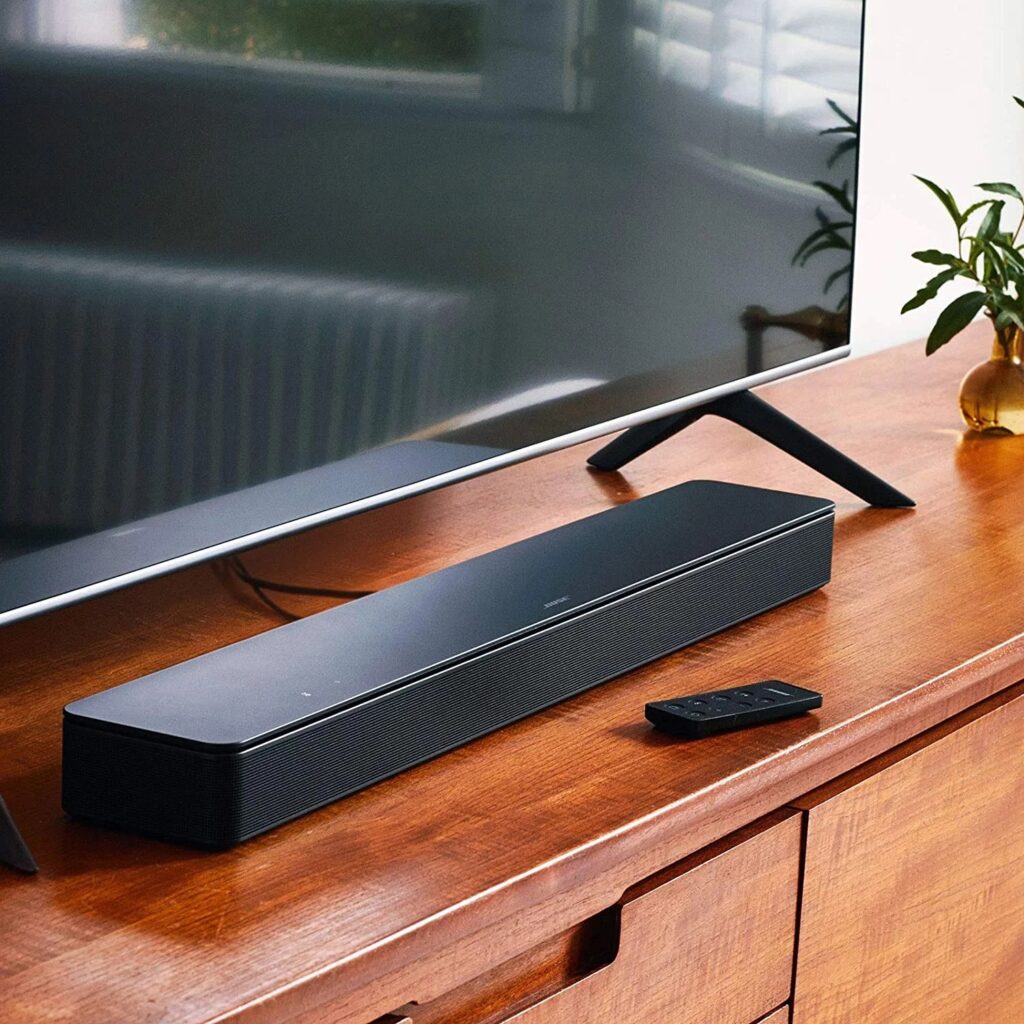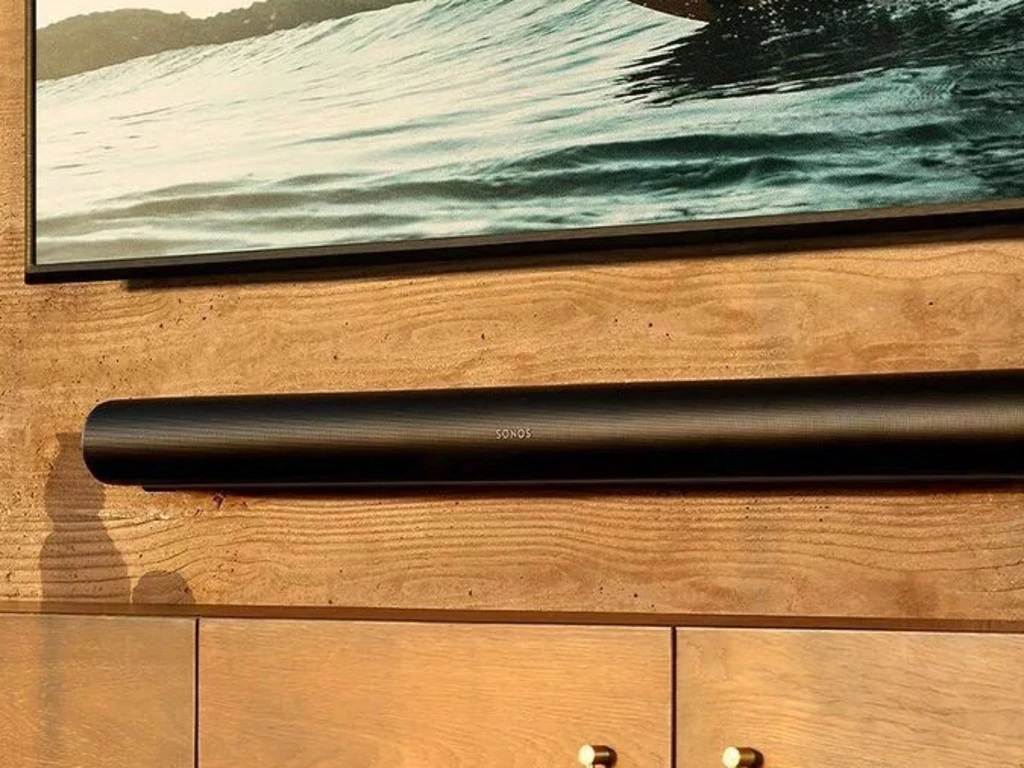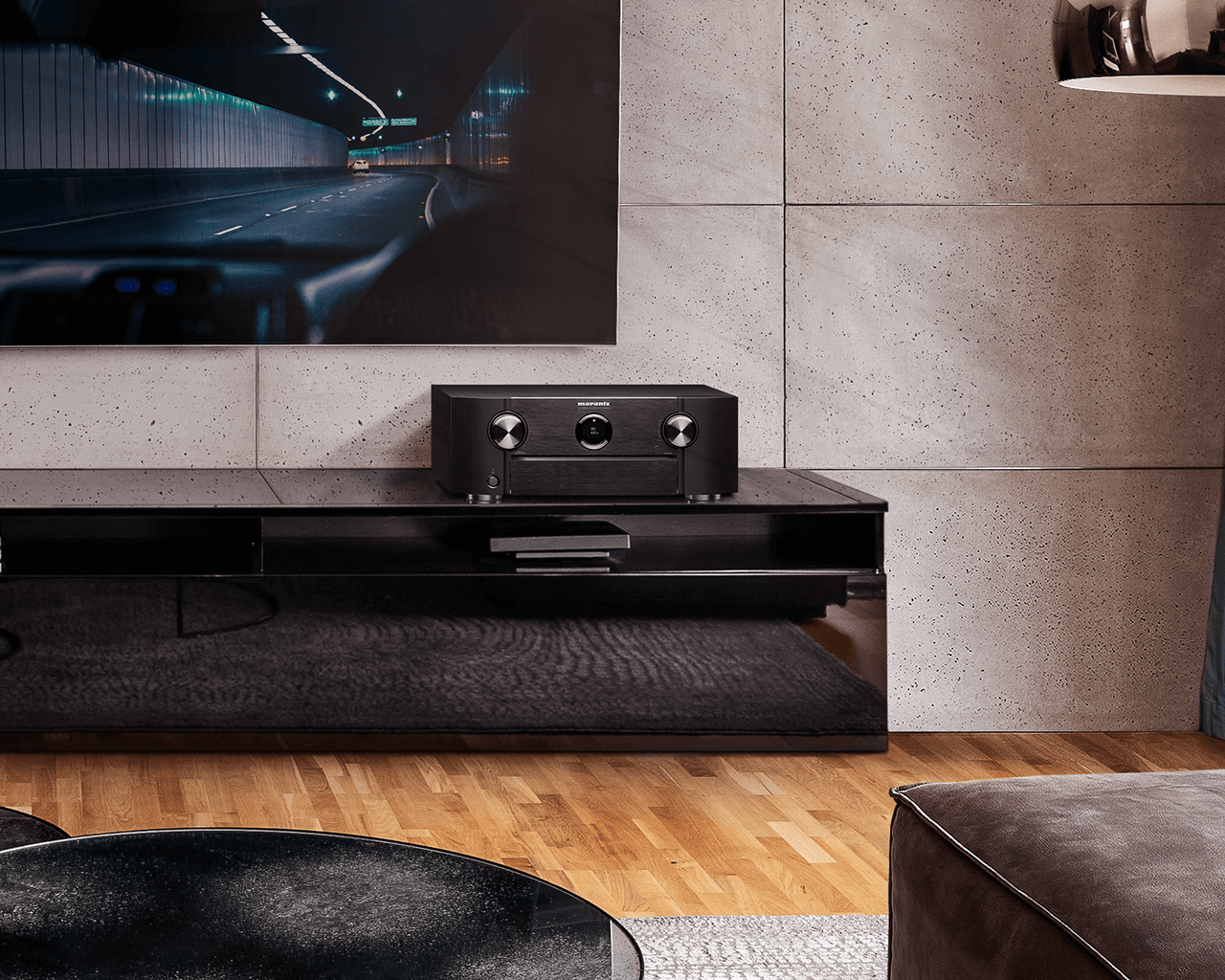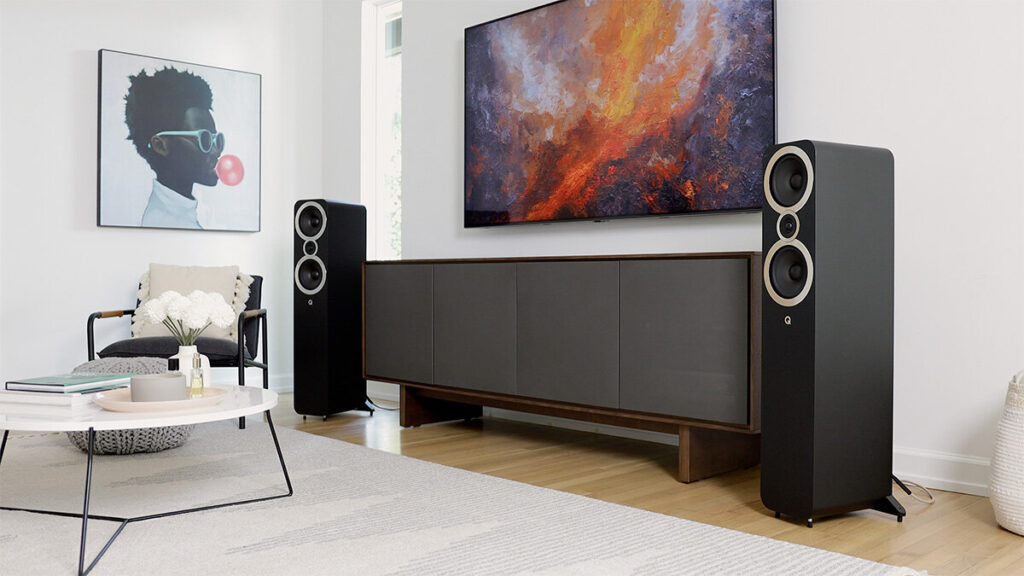If you’re looking for something that sounds better than a sound bar, the best option is to put together your own system with an AV receiver and surround-sound speakers.
AV receivers can be complex, intimidating devices, but choosing one doesn’t have to be. In recent times, the standout option is the Rs. 54,900 Denon X1300. It has standard AV receiver features such as 7.2 channels and six HDMI inputs, but it’s also packed with wireless connectivity, including built-in Wi-Fi, Bluetooth and AirPlay. If you don’t need all the extra features and are looking for a more affordable option, the Yamaha RX-V381 is also worth considering.
While you may be tempted to purchase a beefed-up Rs.1,40,000 receiver with fancy-sounding internal components, they’re not always worth the money. Unless you’re buying difficult-to-drive speakers like the Elac Uni-Fi series, an AV receiver in the Rs.3,50,000 neighborhood should be enough for most systems.
Most people have a limited budget to spend on their home audio system, so the question is: How am I going to get the biggest bang for my buck? The answer, unequivocally, is speakers.
Speakers, like sound bars, come down to sound quality and design, and it’s generally a trade-off between those two factors. Small, stylish speakers like the Boston Acoustics SoundWare XS 5.1 look great and won’t intrude on your living room, but they’re not a top pick for sound quality. On the other hand, Pioneer’s SP-PK52FS speakers are big, burly and don’t look great, but they offer outstanding sound quality for the money.
Home audio can get a reputation for being excessively expensive — it’s not uncommon for a pair of speakers to cost Rs.3,50,000 or more — but we’ve deliberately picked products that prove you can get great performance on a modest budget. The Q Acoustics Concept 20 and Denon X 520 BT receiver cost Rs.70,000 total, which isn’t cheap, but we wouldn’t be surprised if the combination lasts you a decade.
Whatever you do, don’t spend extra money on cables. There’s no difference between a Rs.1200 HDMI cable and a Rs12000 HDMI cable. And the same can be said for speaker cables, as long as you make sure you’re using an appropriate gauge for the length of your cable run (guidelines here). Head to Amazon, get as much cheap speaker cable as you need, and never think twice about it. A set of banana plugs is also worth picking up to make connections easier.
Don’t be afraid to go stereo




